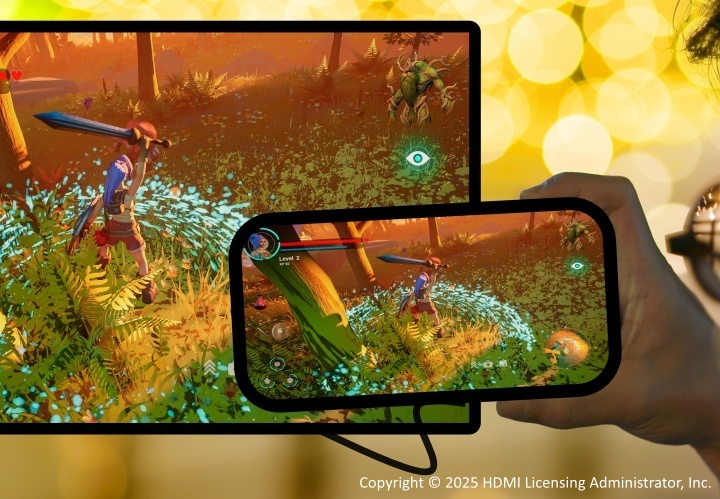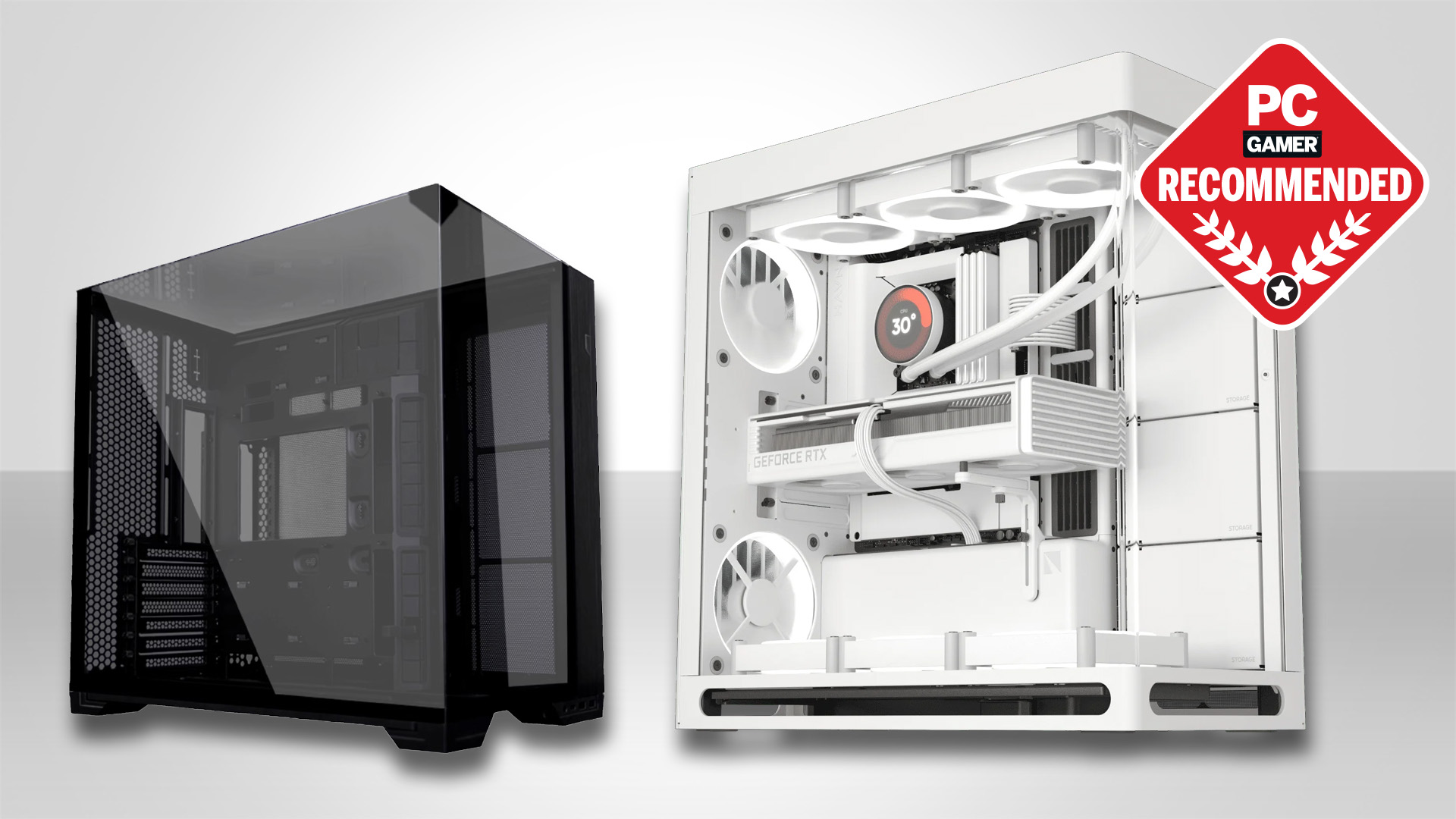More players. More choices. Unlocking HDMI gaming features

Gamers have more freedom and choices than ever to play in every room in their house, in other locations or even on the move, without breaking the bank. All major manufacturers of HDTVs include key HDMI® gaming features that make playing feel more immersive and responsive, reduce lag and maximize the overall experience.
Add in the choice of using 4K or even upscaled 8K, and you don’t have to play in an esports arena to get the full effects the game designers intend. The high adoption rate of HDTVs with the gaming features also means there are more choices for gamers than just relying on specialized gaming monitors; although both types of displays have multiple features and benefits that gamers should check, especially with the growing category of smart HDMI-enabled monitors.
Three HDMI gaming features make all of the difference. They include:
- Variable Refresh Rate (VRR), which reduces or eliminates lag, judder, and frame tearing for more fluid and better detailed gameplay. VRR enables a gaming source, such as a console or computer, to deliver frames as fast as it can, which in many cases is slower than the normal static refresh rate.
- Auto Low Latency Mode (ALLM), which enables the ideal latency setting to be set automatically allowing for smooth, lag-free and uninterrupted viewing and interactivity. In many cases this is referred to as game mode, and it usually has to be set manually, which involves going through menus and settings and then switching back again for normal viewing.
- Quick Frame Transport (QFT), which reduces latency for smoother no-lag gaming and virtual reality. QFT transports each frame at a higher rate to decrease “display latency,” which is the amount of time between a frame being ready for transport in the GPU and that frame being completely displayed.
Right now, many top manufacturers offer the benefits of these HDMI gaming features and at higher refresh rates such as 144 Hz and 165 Hz for smoother, more responsive gameplay.
Gaming monitors from many of these same companies and others are available with these HDMI gaming features with refresh rates up to 240 Hz, 280 Hz and even 480 Hz—but consider some may sacrifice resolution or luminance, so make sure to check the specs.
There’s other good news for gamers as well. Many portable game consoles can output to an HDTV, and most of them are equipped with HDMI technology, making these portables easy to connect. It has recently been announced by Nintendo that the new Switch 2 will be bundled with an Ultra High Speed HDMI Cable for HDTV connection. These portables include:
- Mobile phones via a USB C to HDMI adapter and HDMI Cable.
- Steam Deck via the Steam Deck Docking Station and an HDMI Cable.
- Nintendo Switch via an HDMI Cable to a TV from the dock’s HDMI Out. Be sure to power the setup using a USB Type C plug to connect the Switch AC adapter to the dock’s AC Adapter terminal.
- ASUS ROG Ally using an ASUS ROG Gaming Charger Dock connected to the TV via an HDMI Cable.
- Lenovo Legion Go via the HDMI port on the USB-C dock.
- Retroid Pocket 4 Pro via a micro HDMI to HDMI Type A Cable.
- AYN Odin 2 via a micro-HDMI adapter from a 3D-printed dock’s 1080p output.
- Analogue Pocket via HDMI Cable from the Analogue Dock once connected to the Pocket's USB Type-C port.
Of course, always be sure to connect to a TV with the correct HDMI® Cable to ensure support for the maximum bandwidth and feature set your gaming setup is capable of delivering.
The terms HDMI, HDMI High-Definition Multimedia Interface, HDMI Trade Dress and the HDMI Logos are trademarks or registered trademarks of HDMI Licensing Administrator, Inc. All other trademarks, logos and brand names are the property of their respective owners.
Keep up to date with the most important stories and the best deals, as picked by the PC Gamer team.

